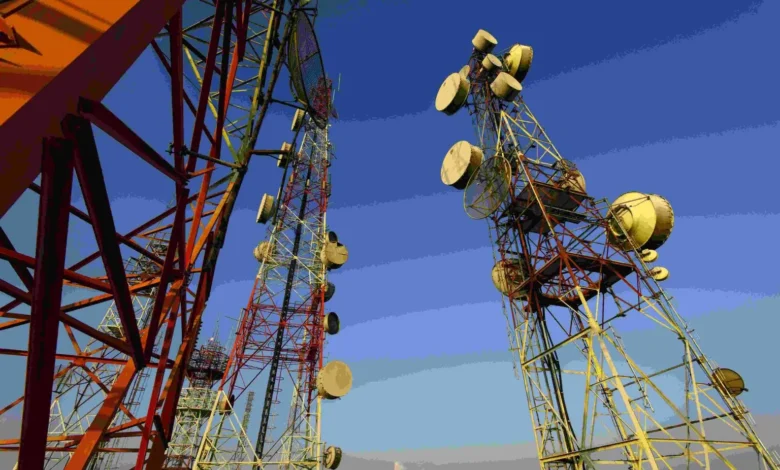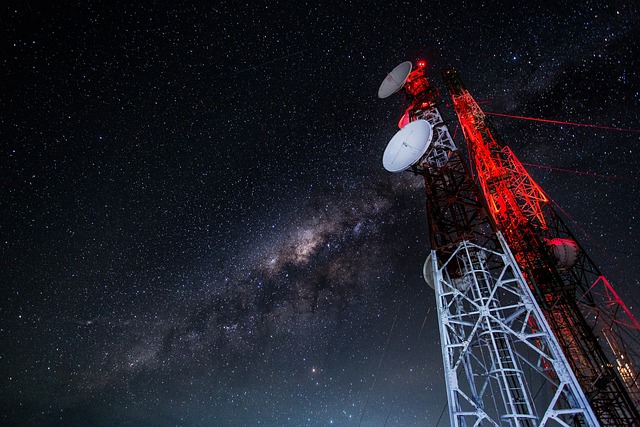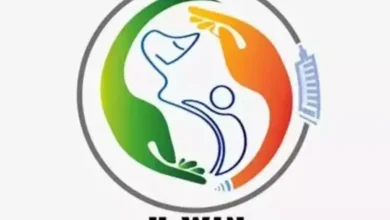India’s push for mobile connectivity: All villages to have mobile towers by 2024
Despite local objections to infrastructure initiatives, the Prime Minister in his address, reiterated that establishment of telecom towers generally carries significant public support.

Prime Minister Narendra Modi on Wednesday set down a target of March 2024 for setting up mobile towers in each and every village across India, emphasizing the importance of connectivity in today’s digital age.
Despite local objections to infrastructure initiatives like dam construction, the Prime Minister, in his address, reiterated that the establishment of telecommunication towers generally carries significant public support.
The announcement came during the Pragati meeting, where Prime Minister Modi interacted with secretaries from the central and state governments over the web, following a four-month gap.
One of the prime concerns raised during the interaction was the delay in establishing mobile towers across several regions, primarily due to land unavailability and remoteness.
Contrasting the construction of dams and telecom towers, PM Modi emphasized broad support for the latter from local communities, indicating a widespread longing for connectivity. His stance is that while dam projects might face opposition for apparent ecological reasons, telecom projects, in comparison, tend to collect more favor due to their visible contribution to essential service expansion.

New Goals for Universal Connectivity of mobile
In line with the Universal Service Obligation Fund (USOF) projects, over 33,000 villages hosting approximately 24,000 towers are poised to achieve ‘connectivity saturation.’ Notably, the term ‘connectivity saturation’ highlights the desired state wherein every resident in a geographically segmented area has access to reliable, quality connectivity. However, the pace of completion has been a concern, with 66 towers in Gujarat notably flagged for delays.
Furthermore, to streamline and accelerate the process, the government launched the “Gatishakti Sanchar” website, a dedicated platform for centralizing Right of Way (ROW) approvals from various agencies.
Infrastructure Development and Better Coordination
With a view towards infrastructure development, PM Modi also directed the Water Resources Ministry and concerned state departments to coordinate dam and canal construction projects, ensuring that both are being developed concurrently. He appealed to the chief secretaries of Maharashtra and Jharkhand to expedite these projects within their respective jurisdictions.
Simultaneously, for projects rolled out in densely populated urban areas, the PM urged the appointment of nodal officers and the constitution of dedicated teams to ensure seamless coordination and execution.
Visits for Visualization of Transformative Impact
Lastly, PM Modi suggested organizing visits for stakeholders to regions where successful infrastructure rehabilitation and reconstruction work have been achieved. The goal of these tours is to provide stakeholders with tangible evidence of the transformational benefits availed by such projects, thereby inspiring them for efficient and early completion of their assignments.
You might also be intersted in – Nitin Gadkari: India has become 3rd largest automobile economy from 7th in the last 9 years



